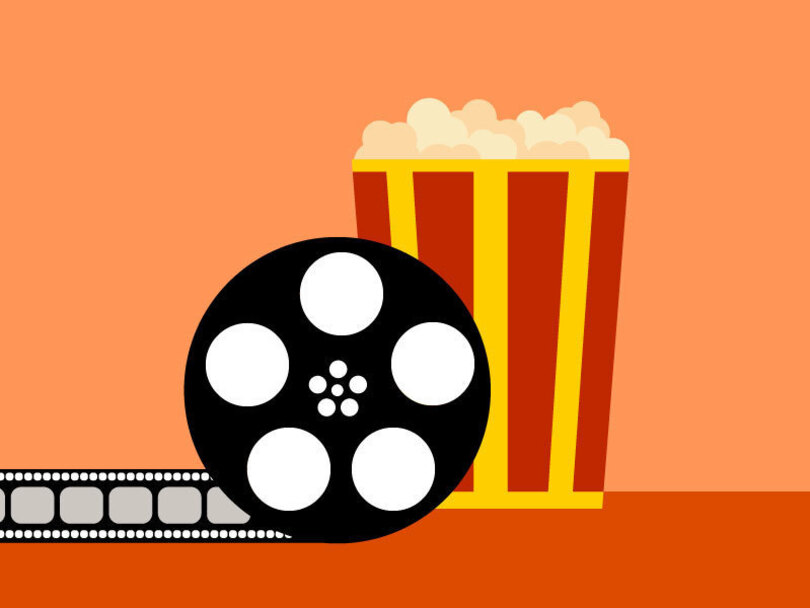‘BoJack Horseman’ explores human experiences through complex characters

Kevin Camelo | Senior Web Developer
One of the first running jokes in Netflix’s now–concluded series “BoJack Horseman” centers around the titular horse and the Hollywood sign. BoJack steals the letter “D” in the sign drunkenly to impress his ghost writer and crush, Diane. Due to an accident, the “D” is never returned, and for the rest of the series, Los Angeles is referred to as “Hollywoo.”
As a running gag, this is a pretty funny joke to see the famous Hollywood sign changed into something more ridiculous. However, this small joke also works as a metaphor for BoJack’s influence on the city of Los Angeles and the people he affects. He has literally changed the shape of “Hollywoo,” and the people he encounters — whether he likes it or not — are left in a different state than when he first met them.
Jokes like this define what has made “BoJack Horseman” one of the best shows on television over the past decade. The attention to detail and care given to each character and each gag made the show entertaining, emotional and fascinating.
Believe it or not, “BoJack Horseman” turned off many critics after its first season. Season one, which focuses on the start of a former ‘90s sitcom star’s journey of coming to terms with his life in the present, only had a 67% fresh rating on Rotten Tomatoes (from only 24 reviews, but still).
Several critics only watched the first half of the season for their reviews, but the second half of that season is where the show turns BoJack into the weirder and more dramatic BoJack we’ve come to know. Even creator Raphael Bob-Waksburg has said that he wished that he made the jump into a more serious show earlier in that first season.
Upon re-watching the first season of BoJack, it holds up much better than I anticipated. Even the pilot contains much more of the foreshadowing dark humor that fans have come to expect from the show than ever before.
In addition, the first season is lighter in tone because that’s where BoJack the character was at the start of his journey. He was not ready to come to terms with himself and instead wallowed away in drugs, humor and self-loathing, and the first season matches that exceptionally well.
BoJack is not the only character to go on a fantastic journey. Diane serves as the show’s moral compass, always trying to do the right thing even when it is difficult to do so. But she is not a happy do-gooder. Instead, she is constantly battling depression stemming from her difficult childhood and questioning the value of her work. This dynamic makes her relationship with BoJack a fascinating back-and-forth of toxic alcoholism, flawed righteousness and tragic beauty.

Kasey O’Rourke | Digital Designer Editor
Diane’s husband, Mr. Peanutbutter, serves as a fantastic foil to BoJack as a seemingly always happy, over-the-top figure. Once again, his smile has a dark side underneath, as his immaturity leads him to a cycle of failure to maintain a consistent relationship. Mr. Peanutbutter goes between campy sitcom character and “sad dog” in a well-executed manner.
The same can be said of BoJack’s former homeless roommate, Todd. Despite being homeless, Todd is a hilarious character, as is every one of his ridiculous schemes and comical jobs. What’s amazing about Todd is how genuinely nice he is, taking BoJack’s harassment in stride while also being willing to criticize his ex-roommate when necessary.
Princess Carolyn, BoJack’s ex-girlfriend and agent, goes on a whirlwind of a journey. The fast-talking, workaholic agent-turned-manager constantly strives to maintain her status at the top of the industry. At the same time, she fights competitive tendencies that make her into the scummy agent that she tried not to be. PC does this while struggling to maintain relationships and start the family she’s always wanted.
And then there’s BoJack Horseman. It is amazing that the writing staff of this show found a way to make BoJack a character you can emphasize with. He does try to be a better person, hitting new highs each season and being a good friend. Then, he will fall back into his old vices of pride, alcohol or desperation and make viewers question whether or not a person like BoJack can ever be good.
The cyclical nature of BoJack’s actions, constantly destroying the line of making a person good or bad, made him a frustrating character too many times. Yet, people kept rooting for him to get better.
BoJack’s journey and the (spoilers) lack of finality serve, to me, as the main selling point of the show. When facing depression, inequality and oneself, there is no end to one’s journey. Life is no sitcom. Human beings are a complicated group composed of fantastic, euphoric highs and despicable, deplorable lows.
This is a show that, like its characters, is hard to wrap up into a neat bow. However, I can say with all certainty that “BoJack Horseman” was the perfect show for this generation. It was always timely, with several of its explorations of sexual harassment, depression and the entertainment industry proving to be ahead of its time. In addition, the animation (designed by Lisa Hanawalt) is gorgeous, allowing for hilarious animal gags and acid-trip-like nightmares of episodes.
At its roots, “BoJack Horseman” is a show about five characters who all want to be better and their successes and shortcomings in getting there. Haunting, illuminating and engrossing all at once, “BoJack Horseman” explores the human condition like no program ever before.




